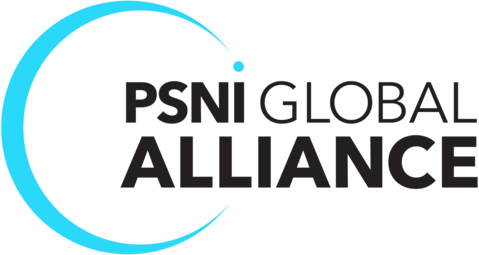As employees return to the office on a part or full time basis, they expect to work in a healthy and safe environment. For many organizations, this means adapting office spaces and technologies to accommodate new protocols such as social distancing.
Here are the top health and safety concerns companies need to address as employees return to in-person work—and the audio-visual technology solutions that can help address them.
Accommodating Social Distancing Requirements
The need for social distancing has changed the way offices are configured, and the technology that is required to keep employees working productively together even when they have to stay apart.
“Social distancing requirements and the resulting reduced headcount in closed spaces like conference rooms have put greater emphasis on the audio quality of conversations with remote personnel,” said Tim Koskamp, Field Sales Engineer at Biamp. “IT managers need to consider how all participants in a room need to be heard regardless of where they’re physically located.”
AV solutions that can help improve productivity and collaboration in socially distanced settings include:
- Increased microphone coverage. Whether it’s a meeting room or a training space, participants will be more spread out and the room’s microphone coverage needs to account for that.“The shape and function of the rooms where we previously met are changing, with social distancing and hygiene remaining important factors,” said Stephanie Frey, Channel Marketing Manager at Shure. “Small meeting rooms where attendees used to crowd around a central ‘spider’ telecoms unit to communicate with people working remotely are getting a facelift.”Ceiling and wall-mounted microphones, combined with digital signal processing (DSP) software, enables touch-free and high quality audio for new hybrid workspaces. Beamtracking microphones can track and mix conversations from around the room.
- Improved sound masking. “In a hybrid environment, fewer people in the office results in a quieter office,” Tim Koskamp said. “Surprisingly, the quiet increases the need for and effectiveness of sound masking because fainter sounds like keyboard clicks and quiet conversations become more apparent and disruptive to co-workers.”
- Mass communication capabilities. To maintain social distancing, employees working in-person will likely spend their day moving between different rooms and spaces and that can make pinpointing them at any given time difficult, Tim Koskamp said. Mass communication solutions such as a paging system are a popular way to address this challenge, he said.
Eliminating Common Touchpoints
“For those in the office, automating tasks that previously required ‘touching something’ will go a long way to making your employees feel safe,” said Tommy Kopin, Global Engineering Specialist with Kramer Electronics North America. “For tasks that cannot be automated, allowing employees to use their own devices instead of public ones will put them at ease.”
Kramer Control is the industry’s first and only cloud-based control system, Kopin said. Kramer Control allows hybrid workers to remotely access the room user interface and control spaces the same way they would if they were there in person. In-person users can also access the UI through a web browser on their personal devices, eliminating the need to touch a control panel on the table or in the wall.
“By putting your control system in the cloud, you immediately give all your AV devices some cloud abilities,” Kopin said. Gesture-based conference equipment is also becoming a permanent consideration as part of providing a comfortable and safe collaborative environment, said Stephanie Frey, Channel Marketing Manager at Shure.
Facilitating Hybrid, Flexible Work Options
Part of keeping your in-person workplace healthy and safe is giving employees the option to work remotely when they need or want to. For example, if employees know they can work productively from home without being penalized or left out, they will be less likely to come to work when they feel sick.
Successfully supporting hybrid, flexible work requires a robust AV infrastructure at your in-person locations, said Daniel Charles, Global Product Manager at Belden.
“Post-pandemic, there is a new generation of mobile workers who expect to be able to stay connected in ways beyond email, use new tech to automate and streamline processes, monitor systems remotely, work from anywhere, and sit wherever they want when they do come into work,” he said. “Behind these demands will be AV technology–and supporting this AV technology needs to be a reliable, high-performance cable infrastructure. If the cable and connectivity used to support this technology–and the networks they connect to–isn’t robust enough, end-users will experience downtime, lost productivity, and lost revenue.”
PSNI Certified Solution Providers Know the AV You Need to Stay Safe
While every company is prioritizing health and safety as employees return to in-person work, each company will have different AV requirements to achieve that goal. PSNI Certified Solutions Providers maintain close relationships with each Preferred Partner, and always know the latest when it comes to what AV solutions are best for you.
To start building an AV technology plan that keeps your hybrid workplace safe, find your nearest PSNI Certified Solution Provider today.









